 You should begin your practice by warming up. Check your posture and the alignment of your body. Check for tense muscles and unwind them. Put your instrument into position and make sure it feels secure and comfortable.
You should begin your practice by warming up. Check your posture and the alignment of your body. Check for tense muscles and unwind them. Put your instrument into position and make sure it feels secure and comfortable. We’d love to help you get started!
Fill out THIS FORM and we’ll reach out to find a time that works for you.
